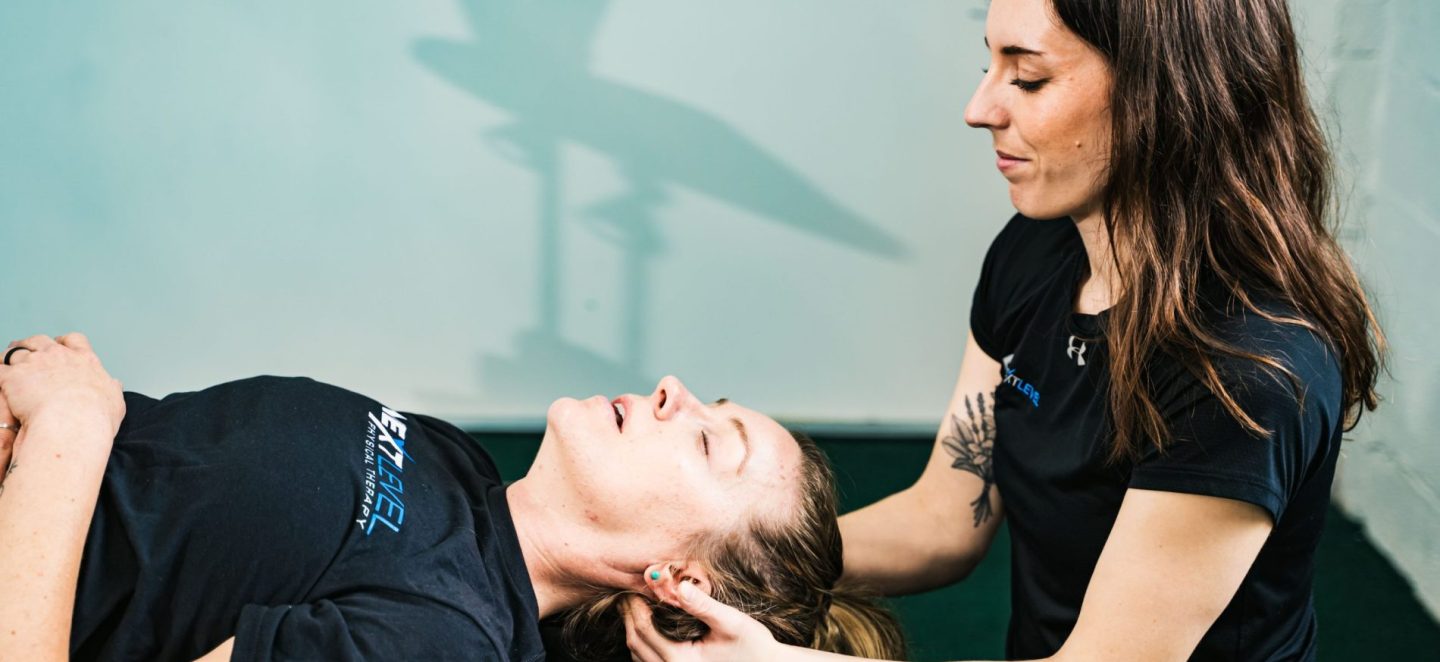
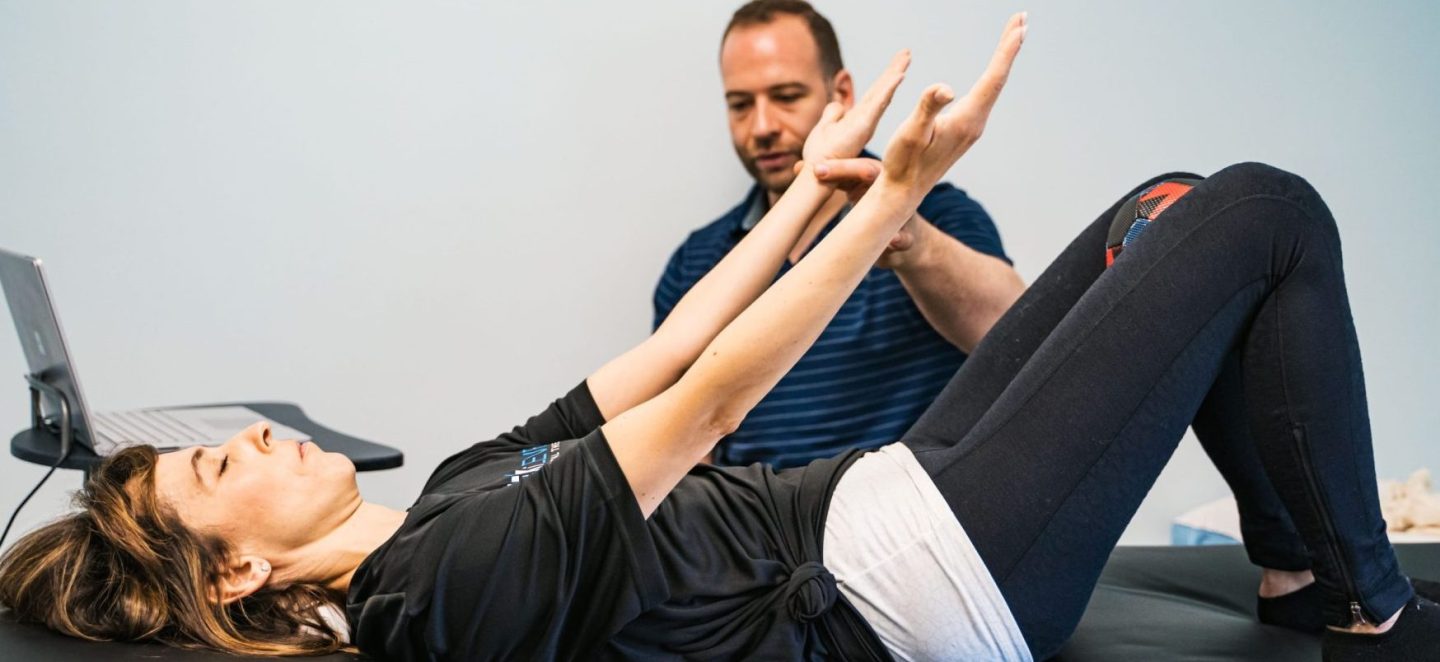
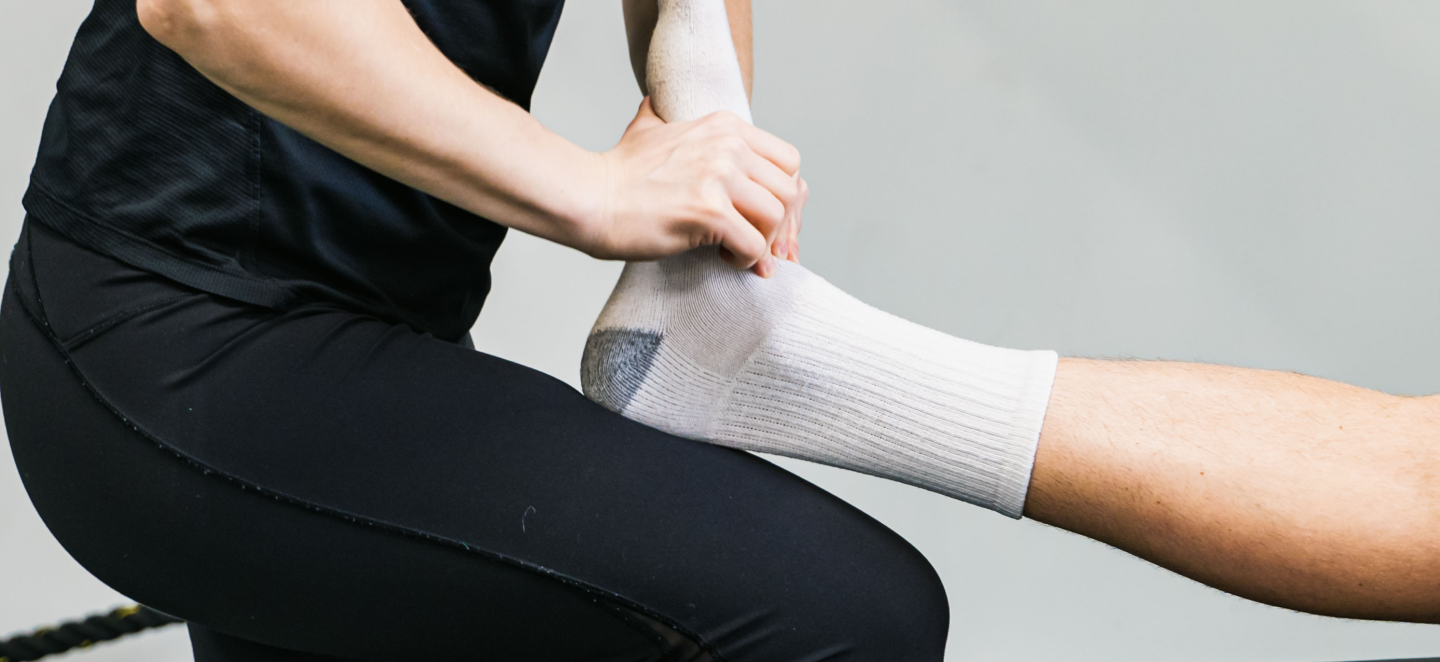
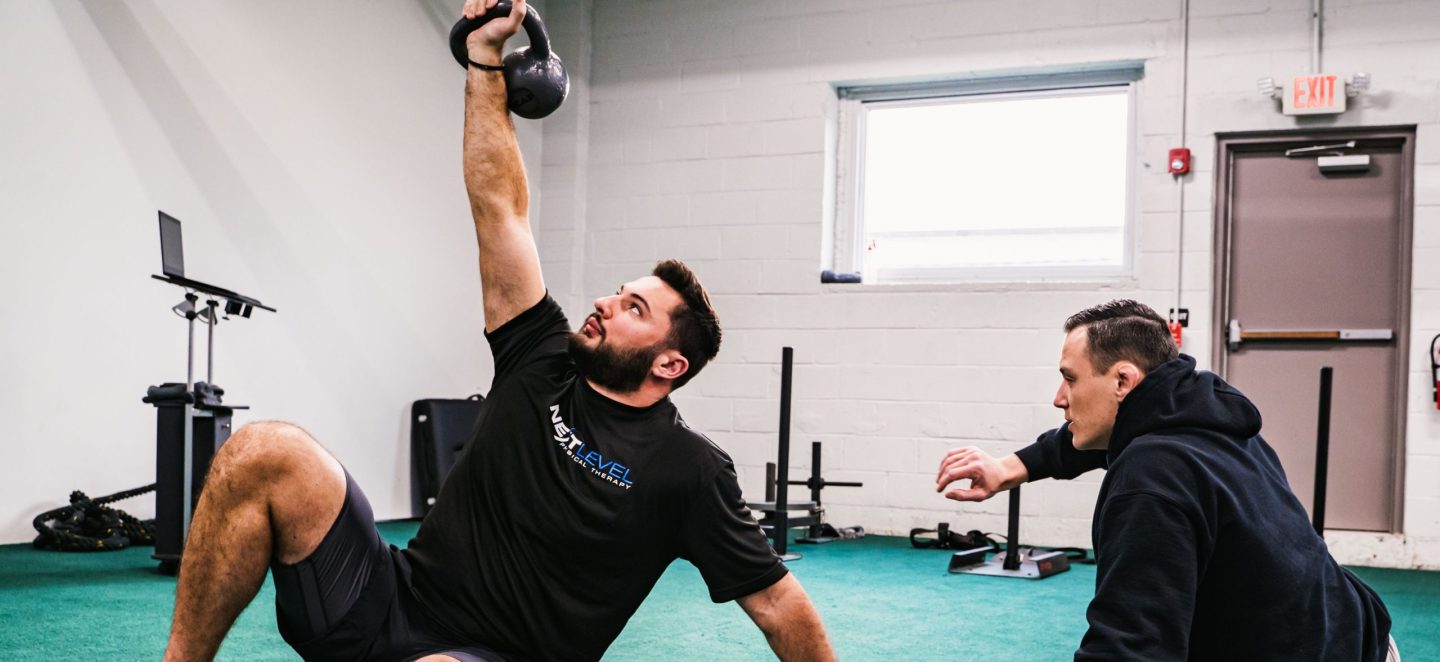
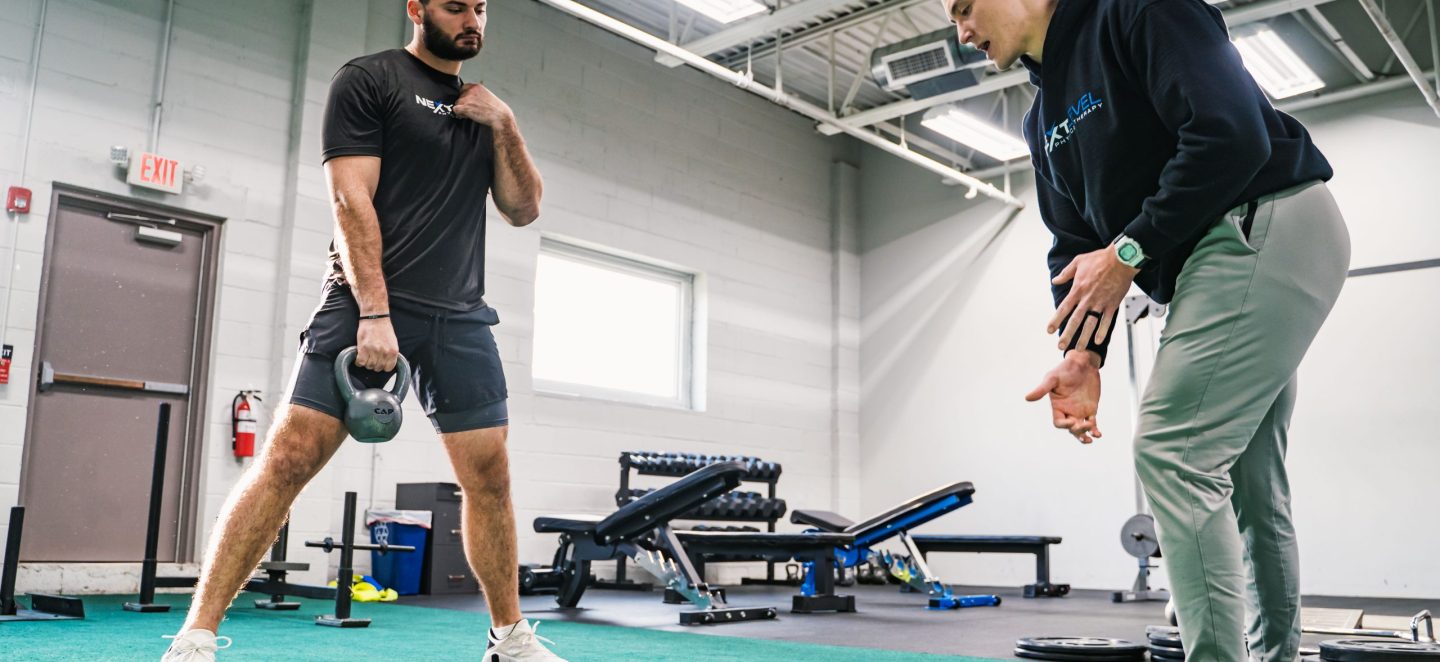
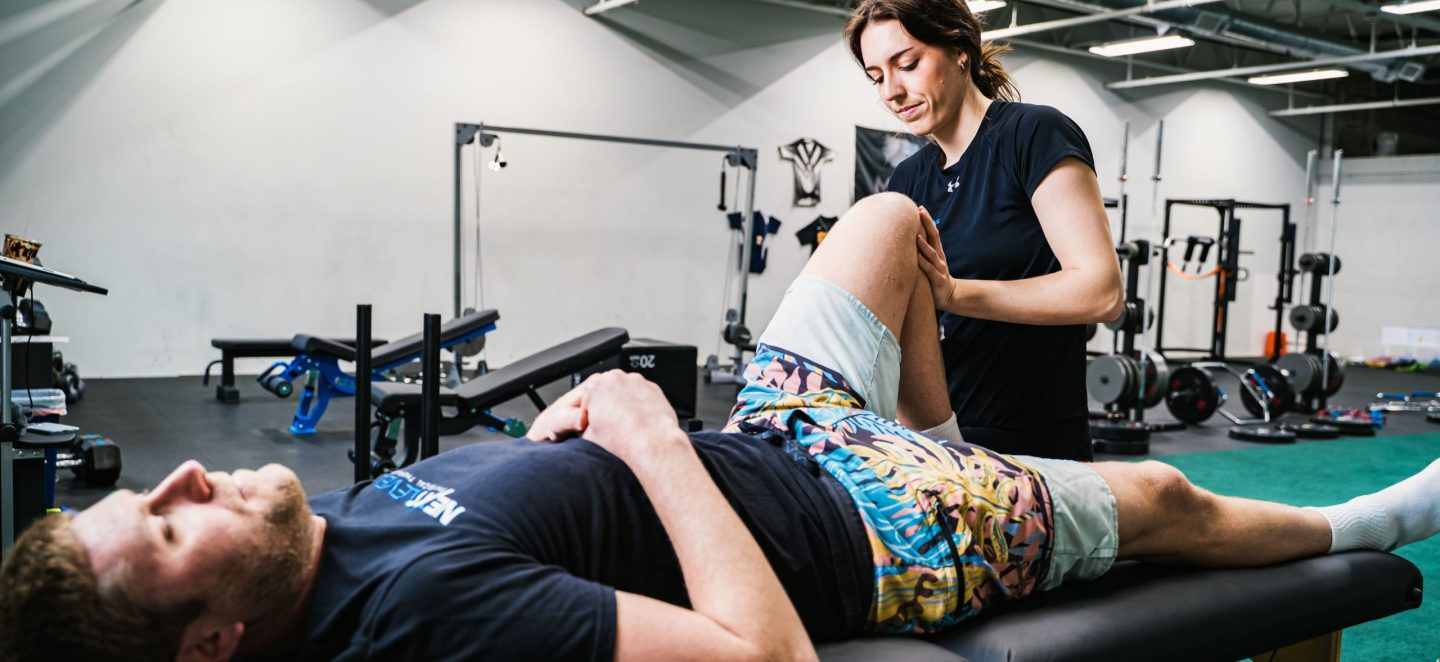
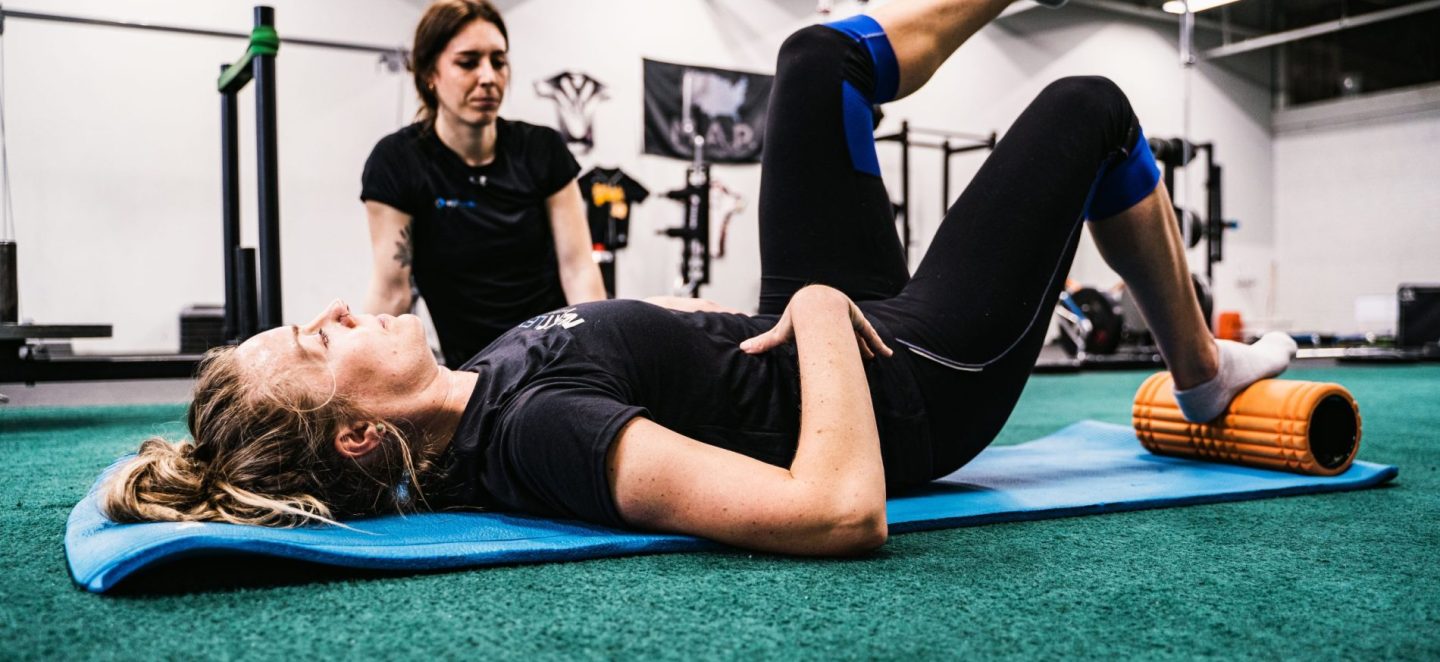
You’ve tried everything, but why hasn’t it worked?
You may have experienced 1 or all of the following:
These methods only give temporary relief because they are just fighting the symptoms and not connecting the dots from the deepest root. The body is too complex for such a basic approach.
You need a specialized solution that will treat the body as a whole and get to the root cause of your pain.
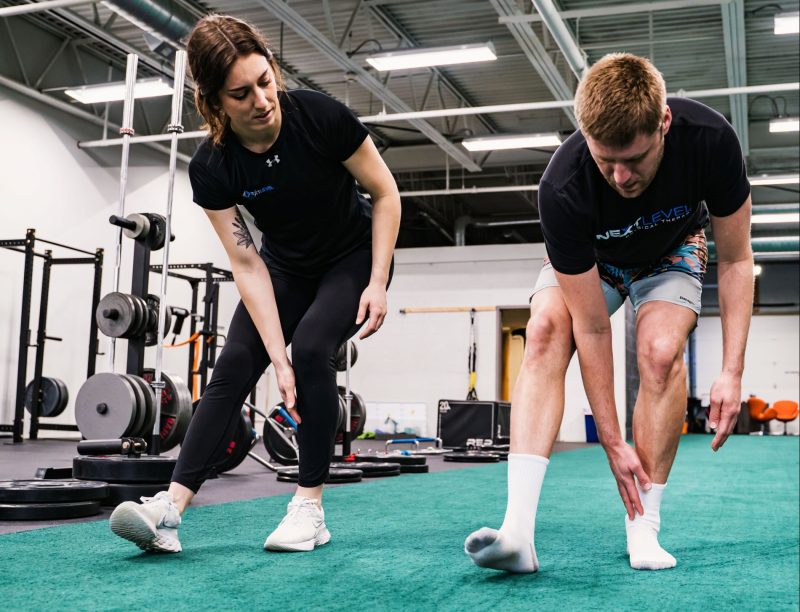
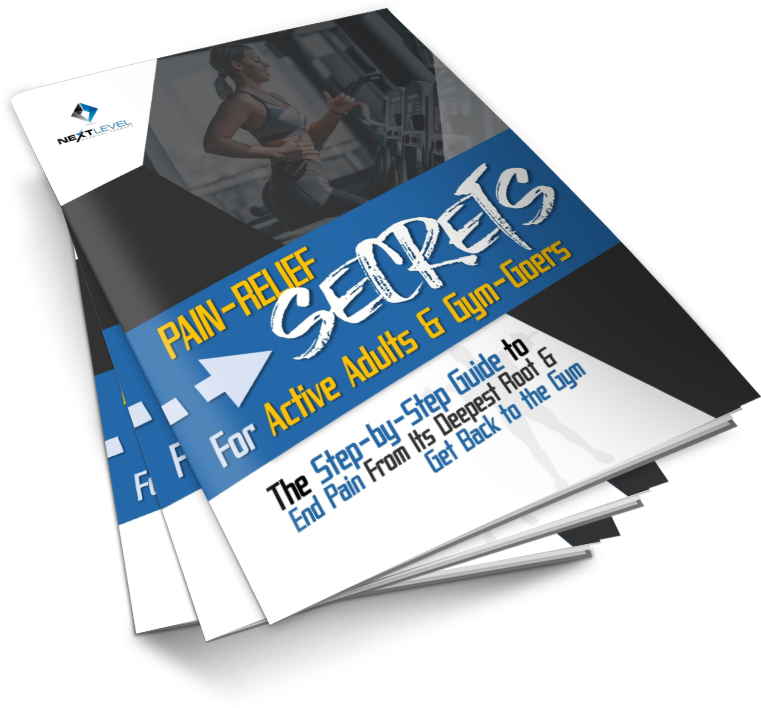

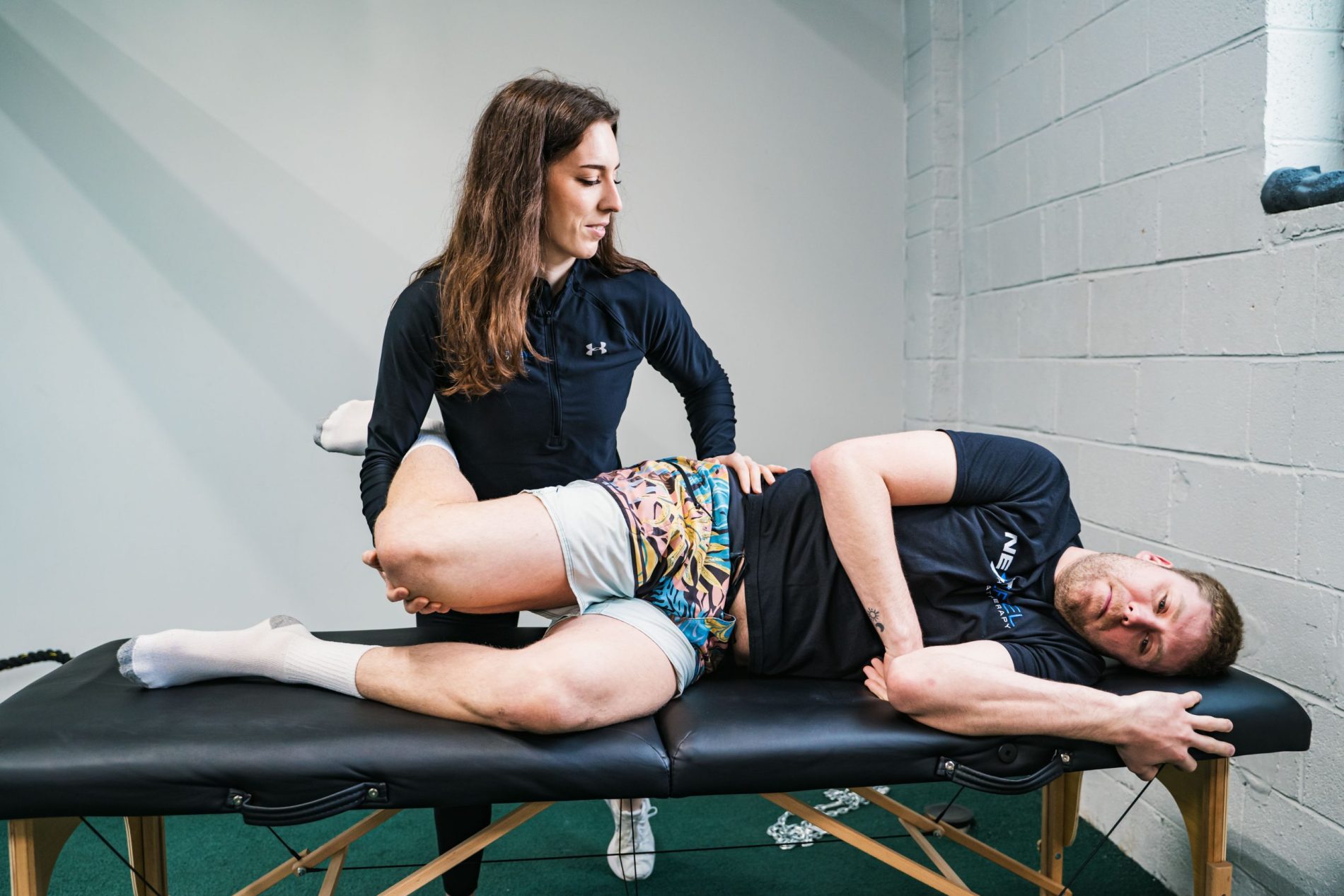
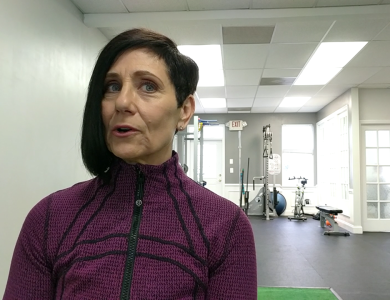
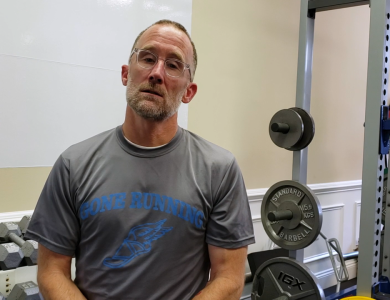
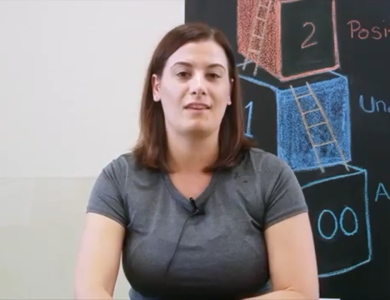
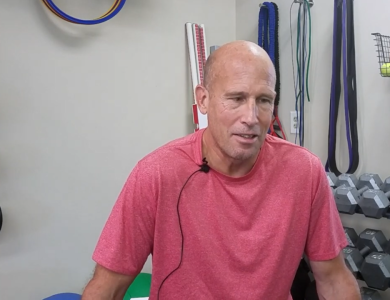

July 31/2018 fell down the stairs and ended up with a bimalleolar fracture. Off to the hospital I went and a week later on August 9 I was having surgery. 9 pins and a rod later, i was in a cast for 6 weeks. Cast came off and my surgeon sent me home in a air CAM boot for 4 weeks and told me to start weight bearing 25%, then increase to 50% and so on. I was still using crutches. This was it! This was all the guidance I received. Needless to say I was so scared and anxious as to how I was going to learn how to walk on my own with this air boot that weighed a ton! I thought I was making good progress on my own until my follow up visit a month later with my surgeon who looked at me and said “you’re still using the crutches and can’t walk on your own yet? You’re very behind on your progress!” Handed me a script for physical therapy and I was on my own again.
I called every single therapy place in my area. Couldn’t find anyone in network with my insurance. I was in tears and very overwhelmed.
I said to myself if I have to pay out of pocket then I might as well go to the best! I googled “best physiotherapy in Mercer county” and voila NEXT LEVEL PT appeared!!
I called, practically sobbing and Katie answered. Katie was so kind, listened to my story and told me everything would be ok. She was right. I called on a Friday and I was in the following Tuesday to see Dr Ben.
I was so scared because everyone I spoke with that had a prior injury and physical therapy told me it would be painful. Friends and family warned me that physical therapy would be very painful.
I met Dr Ben on Tuesday October 21/2018. I was immediately at ease and knew that Katie had done a great job in choosing Dr Ben as my physiotherapist.
I walked in using two crutches. Dr Ben told me that same day I’d be walking out with only one crutch and sure enough, I did!!!
The confidence that Dr Ben gave me in one hour in one day was enough for me to know that I was at the right place.
Two weeks later, I took my first steps without crutches and I never looked back.
Dr. Ben is phenomenal. He’s patient, kind and compassionate. By Christmas 2018 i was walking with a cane, walking up and down the stairs and doing things I never thought I could ever do again.
I returned to work February 2019, used the cane for 2 weeks and then i was walking without it!!!
All this took a lot of work and patience from Dr Ben but he never gave up on my recovery. Dr Ben always pushed me to do things I thought I couldn’t and for this I will forever be grateful.
Next Level Physical Therapy not only targets your injury but it heals your mind, body and soul.
Thank you, Dr Ben and everyone at Next Level!!
I am back to running again and I owe this to you.

Dr. Mike and the staff at Next Level are top notch. They take time to work with each patient and prescribe specific exercises that get you back on track quickly! Their approach to physical therapy was exactly what I was looking for and that approach helped me recover from nagging plantar fasciitis.

Dr. Mike is AMAZING, hands down! I went to him with a nagging calf injury that I couldn’t shake for months, and he has been working magic on it. He uses new and exciting treatment like dry needling, after one session, my calf, which has been bothering me for about 4 months felt significantly better. I keep coming back for more! His clinical expertise and credentials are stellar: DPT, CSCS, Sports PT internship etc. You’ll be impressed with how thorough his assessments are and he really gives each patient the time needed to complete each treatment. So smart, and an all around great guy! Anyone that is an athlete / needs rehab, go to him, you won’t be let down. Prices are great, and worth it! Nice job and THANK YOU Dr. Mike!! My calf thanks you too